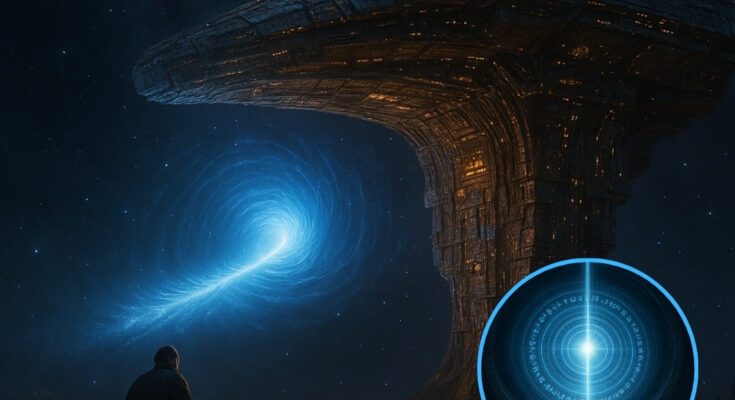Scientists observing the interstellar object known as 3I/ATLAS have made a stunning discovery. Data now suggests that this massive structure is composed of roughly 33 billion tons of pure nickel and contains no traces of iron. This composition is unlike any natural asteroid or comet ever recorded, making 3I/ATLAS one of the most puzzling objects to enter our solar system.
The object is super flat and emits a visible glow even when sunlight is minimal. What makes it even more mysterious is that the light appears to come from within, rather than being reflected. Astronomers have confirmed that it is shedding plasma from its base, forming a faint tail that moves in the opposite direction of what is expected in typical space debris or comets.
Another unusual trait of 3I/ATLAS is its self-illumination pattern. The glow at the front of the object suggests that some internal energy source may be active. This could indicate either an advanced reflective composition or a form of energy output we have never observed before. Both explanations challenge our current understanding of physics and space matter.
NASA and independent observatories are now working together to analyze the light spectrum coming from the object. Preliminary findings confirm the dominance of nickel without iron, a ratio never found in naturally formed space materials. The precision of its flat shape and glowing structure has led to speculation that 3I/ATLAS could be an artificial creation, though this theory remains unproven.
As 3I/ATLAS continues to move through the solar system, scientists are racing to collect as much data as possible before it drifts away. Whether it turns out to be a strange natural body or something engineered, its presence has already challenged how we define what is possible in our cosmic neighborhood.

